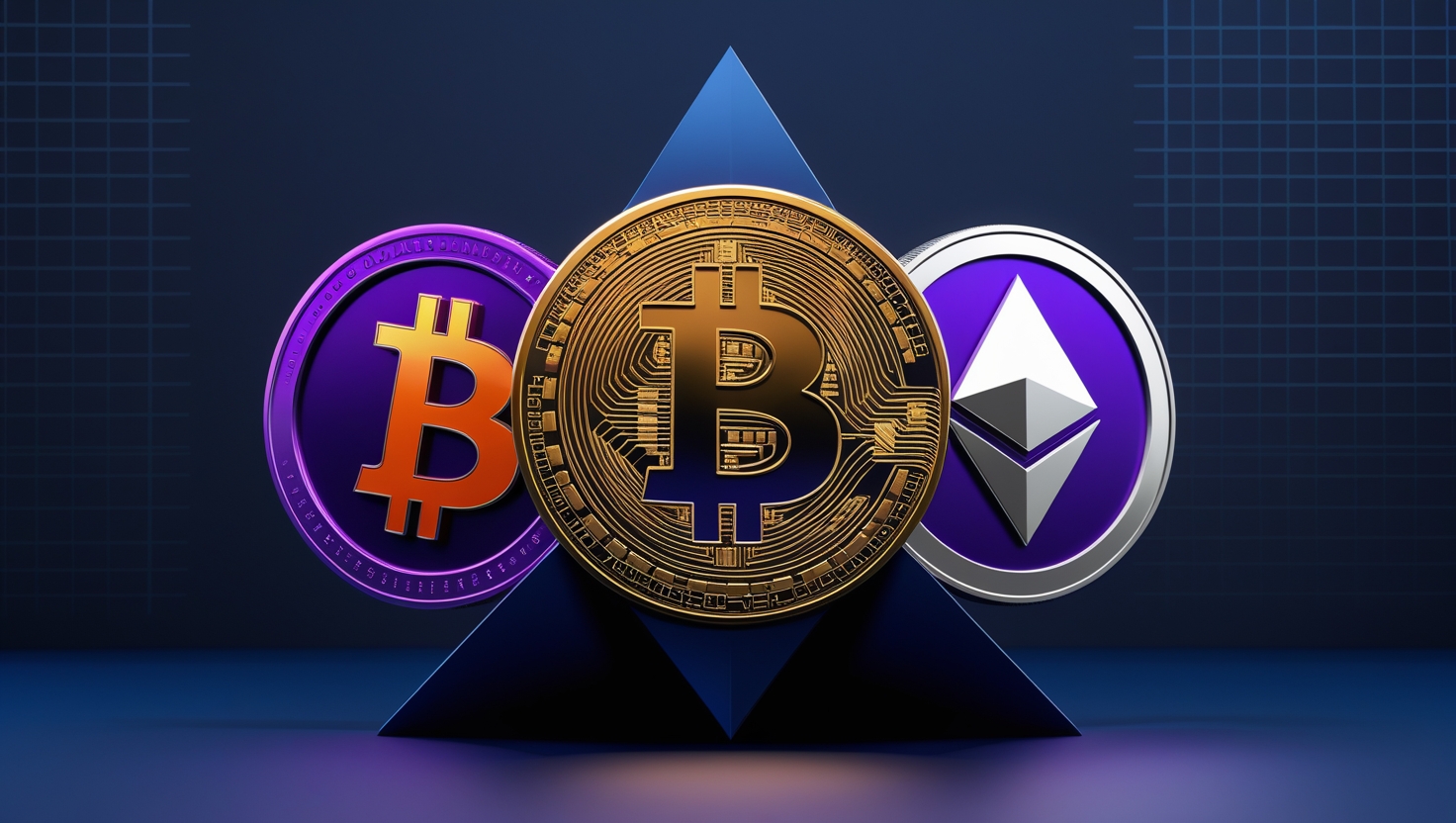
"Hello, Monetag!" Ethereum: The Cryptocurrency Revolution Goes Beyond Money
Ethereum: The Cryptocurrency Revolution Goes Beyond Money
Cryptocurrencies have been transforming the financial world for over a decade. Since the emergence of Bitcoin in 2009, new digital currencies have appeared with innovative proposals. Among them, Ethereum stands out not only as a currency but as a technological platform driving a true digital revolution. Unlike Bitcoin, which aims mainly to be a decentralized means of payment, Ethereum goes further: it enables the creation of smart contracts and decentralized applications (dApps), paving the way for a new era in the internet and the economy.
What is Ethereum?
Launched in 2015 by Vitalik Buterin and other developers, Ethereum is an open-source blockchain-based platform that allows the execution of smart contracts — programs that run autonomously, without the need for intermediaries. The native currency of the network is called Ether (ETH), which is used as "fuel" to perform operations within the platform.
While Bitcoin can be compared to "digital gold," Ethereum can be seen as a kind of "decentralized global computer." It allows anyone to build applications and services on top of its infrastructure, with security, transparency, and without control by a central entity.
How does Ethereum work?
Like Bitcoin, Ethereum operates on a blockchain — a distributed digital ledger that records all transactions publicly and immutably. However, Ethereum differs in its ability to store and execute code. This means developers can create smart contracts programmed to perform certain actions automatically when specific conditions are met.
For example, imagine a smart contract for renting a property. Once the tenant pays the rent using Ether, the contract automatically releases a digital key to access the property. All of this happens without human intervention, without paperwork, and with no risk of deliberate default.
Ethereum Applications: Beyond Currency
The real power of Ethereum lies in its versatility. Some of its main applications include:
1. Decentralized Finance (DeFi): One of the fastest-growing sectors within Ethereum, DeFi offers financial services such as loans, currency exchanges, insurance, and investments without the need for banks. Everything is operated by smart contracts, accessible to anyone with internet access.
2. Tokens and ICOs: The platform allows the creation of new tokens based on the ERC-20 standard. Many startups use Ethereum to raise funds through ICOs (Initial Coin Offerings), a kind of digital "IPO."
3. NFTs (Non-Fungible Tokens): NFTs, which represent unique digital items like artworks, music, or collectibles, exploded in popularity with the help of Ethereum. Most NFTs are created on this blockchain using the ERC-721 standard.
4. DAOs: Decentralized Autonomous Organizations are groups of people making collective decisions based on smart contracts. They can manage funds, develop projects, or govern communities, all in a transparent way.
Ethereum 2.0: The Future of the Network
With growing demand, the Ethereum network has faced issues like congestion and high transaction fees (gas). To address this, the transition to Ethereum 2.0 — also known as “Serenity” — has begun, bringing significant improvements such as:
Proof of Stake (PoS): Instead of the current Proof of Work (PoW) system, where miners solve mathematical problems to validate transactions, Ethereum will adopt PoS, which is more energy-efficient and environmentally friendly.
Sharding: This technique will split the blockchain into smaller fragments, allowing multiple transactions to be processed simultaneously, increasing the network's scalability.
Reduced environmental impact: With the switch to PoS, Ethereum’s energy consumption is expected to drop by over 99%, addressing one of the main environmental criticisms of blockchains like Bitcoin.
Challenges and Perspectives
Despite its enormous potential, Ethereum still faces important challenges. Scalability remains a concern until Ethereum 2.0 is fully implemented. Additionally, competition is growing, with networks like Solana, Cardano, and Avalanche offering alternative solutions focused on performance.
Another critical issue is regulation. As governments around the world look for ways to regulate the cryptocurrency market, projects like Ethereum will need to find ways to adapt without losing their decentralized essence.
Conclusion
Ethereum is much more than a cryptocurrency: it is a platform reshaping the foundations of the internet and the economy. By enabling the creation of autonomous applications, smart contracts, and decentralized financial services, it ushers in a new phase of the digital era — more transparent, inclusive, and efficient.
With the arrival of Ethereum 2.0 and the ecosystem’s ongoing development, the possibilities are multiplying. For developers, investors, or everyday users, Ethereum offers a world of opportunities — and all signs point to it playing an increasingly central role in building our digital future.
